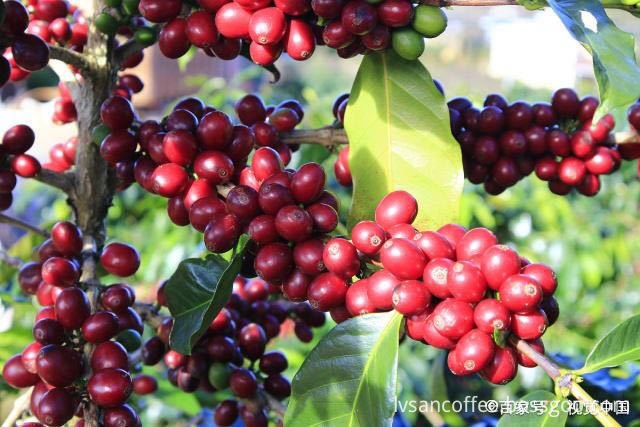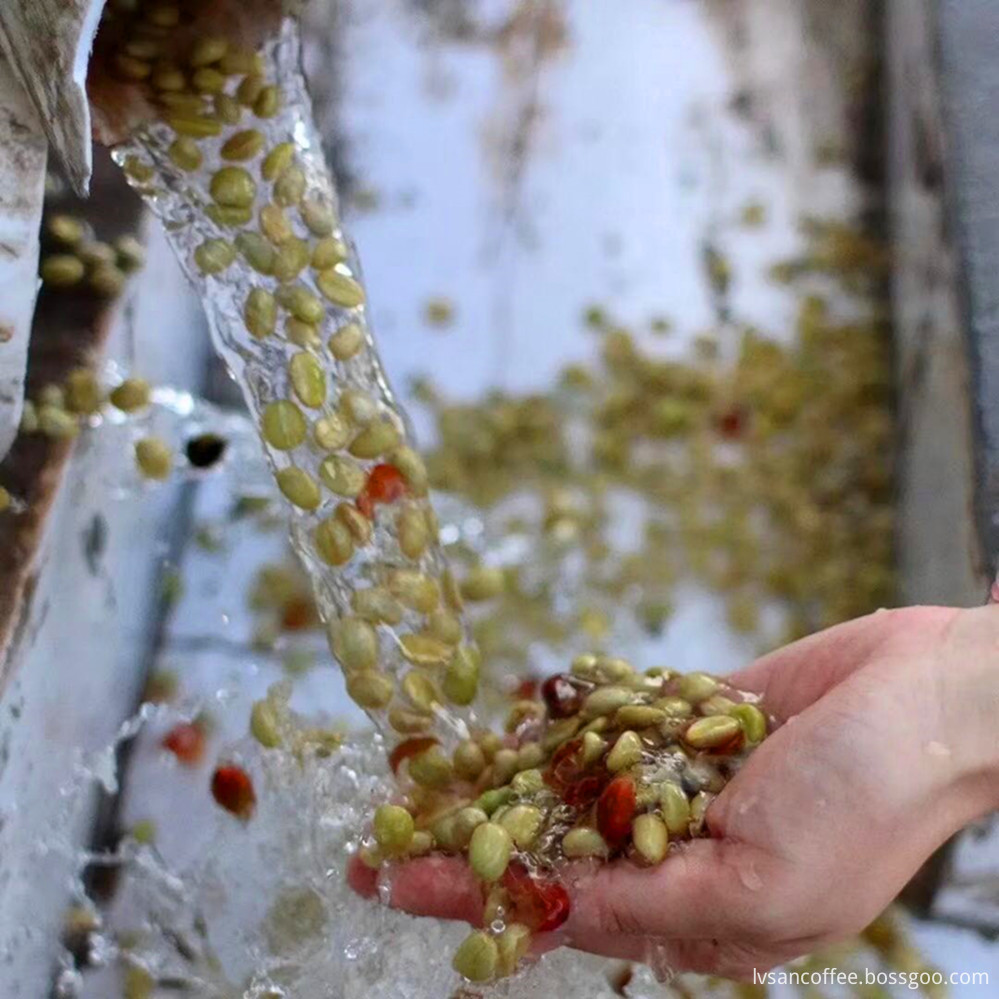Bag cultivation of black fungus has become a highly promising agricultural project in the mountainous areas of eastern Jilin Province in recent years, offering significant economic returns to local farmers. However, during the production process, several common issues often arise, such as poor reactivation after inoculation, slow mycelium growth, and bacterial contamination, which can lead to substantial losses. Through practical experience, we have conducted extensive research to identify the root causes of these problems and develop effective solutions.
First, the issue of non-reactivation and slow feeding after inoculation is often caused by several factors. One possible reason is that the original culture or the cultivation bags were not properly cooled after sterilization, remaining above 30°C. Inoculating at high temperatures can damage or reduce the viability of the fungal seeds. Another cause is the immediate use of the inoculation tool right after it was flamed with an alcohol lamp, leading to the burning of the bacterial seeds. Additionally, if the culture medium contains excessive lime, the pH becomes too high, making it difficult for the fungi to grow. The material may also be too dry or the temperature too low, slowing down the feeding process. Lastly, a high proportion of coniferous or poplar wood chips in the medium can release oils that inhibit mycelial growth.
To address these issues, it's essential to carefully select the wood chips and allow them to air-dry for 1–2 days to reduce oil content and kill bacteria. In the original seed formulation, quicklime should generally not be added, while in the cultivation medium, the lime content should be kept below 0.5% to maintain a pH level no higher than 8. The moisture content of the culture material should be between 60% and 65%. If the material is too dry, it will hinder mycelium growth. Inoculation should be done when the material temperature drops below 30°C. After flaming the inoculation tool, it should be cooled before use to avoid damaging the seeds.
Second, bacterial contamination is another major problem in black fungus cultivation. Common causes include incomplete sterilization, improper inoculation techniques, wet or improperly sealed tampons, environmental pollution, and contaminated mother or original cultures. Incomplete sterilization—such as pressure cooker leaks, insufficient heating time, or poor airflow design—can result in widespread contamination. During inoculation, failure to follow aseptic procedures, like not wiping surfaces with alcohol or not properly flaming tools, can introduce bacteria. Wet or loose tampons allow contaminants to enter the bag, while unclean environments and old facilities increase the risk of infection. Contaminated parent or original cultures can also spread bacteria throughout the batch.
To prevent bacterial contamination, strict sterilization protocols must be followed. The sterilizer should reach 100°C quickly and remain at that temperature for 8–10 hours. Cultivation bags should be sterilized immediately after preparation to prevent bacterial growth. Inoculation staff must strictly adhere to aseptic practices, including disinfecting hands, tools, and surfaces with alcohol. The bottle or bag mouths should be wrapped to avoid moisture exposure. After use, the gauze bags should be pressed gently around the tampon to prevent bacterial growth. A clean and controlled environment is crucial, with regular cleaning and fumigation of the growing area. Any contaminated bags should be removed and destroyed to prevent cross-infection. Finally, only healthy mother and original cultures should be used, and any signs of contamination on the tampon or bottle mouth must disqualify the culture from use.
In conclusion, managing black fungus cultivation requires attention to every detail—from proper sterilization and careful inoculation to maintaining a clean environment and selecting quality materials. With these measures in place, the risk of failure can be significantly reduced, ensuring more successful and profitable harvests.
Robusta Coffee Beans
Robusta Green Coffee Beans
flavor: Moderate taste, good balance;
Variety: Robusta(Viet Nam/Myanmar;
processing method: washing;
water content: less than 12%;
packaging: 60kg / bag
SIZE:13#(B 5%)
18#(B 3%)

In 1892, French missionary father Tian Daneng preached in Dali, Yunnan Province, China. In order to drink coffee, he taught local villagers to grow and drink coffee. Up to now, coffee has been planted in Yunnan Province of China for more than 100 years, with an area of 120000 mu. Most of the varieties planted in Yunnan are ccatimor, with an altitude of 1000-1500m, The coffee produced in Yunnan has a balanced taste, rich nut and citrus flavor, some of which are very sweet, with obvious taste of chocolate, toffee and maple sugar. It is one of the high-quality coffee producing areas. Our coffee is produced at the junction of Puer and Burma - the Myitkyina original jungle beans at 1500-1750, with a rich flavor, high aroma and high sweetness. The 2019 international coffee cup Masters Tournament (China finals) is sponsored by beans.

Strong Coffee Beans,100 Robusta Coffee Beans,Premium Green Coffee Price,Roasted Robusta Coffee Beans
Yunnan New Biology Culture Co,.Ltd , https://www.lvsancoffee.com

